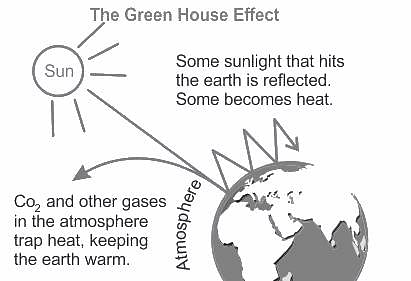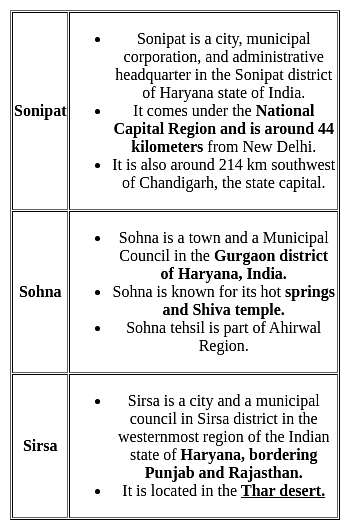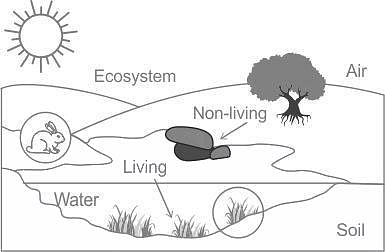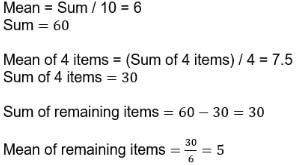HSSC TGT Math Mock Test - 1 - HSSC PGT/TGT MCQ
30 Questions MCQ Test HSSC TGT Mock Test Series 2024 - HSSC TGT Math Mock Test - 1
Real Classroom level where teaching learning takes place indicates ________.
Which ancient city of Haryana was known as ‘Sarpadaman’?
Which of the following statement is correct?
I. During middle childhood the ability to co-operate is more among girls than boys in friendship
II. Intimate sharing is more common among girls than boys in friendship of middle childhood
A bag ‘A’ contains 2 white and 3 red balls and a bag ‘B’ contains 4 white and 5 red balls. One ball is drawn at random from one of the bags and is found to be red. The probability that it was drawn from bag B is:
The area bounded by the curve y = x log x and y = 2x−2x2 is
A relation R defined on the set A = {1, 2, 3, 5} as {(x, y): x + y >10 : x, y ∈ A} is:
A group of 10 items has mean 6. If the mean of 4 of these items is 7.5, then the mean of the remaining items is
In parallelogram ABCD, if ∠A = 2x + 15°, ∠B = 3x – 25°, then value of x is:
ABCD is a parallelogram. A circle passes through A and D and cuts AB at E and DC at F. If ∠BEF = 80o, then ∠ABC is equal to
If tanθ < 0, sinθ < 0, then the terminal arm of the angle lies in the quadrant






















